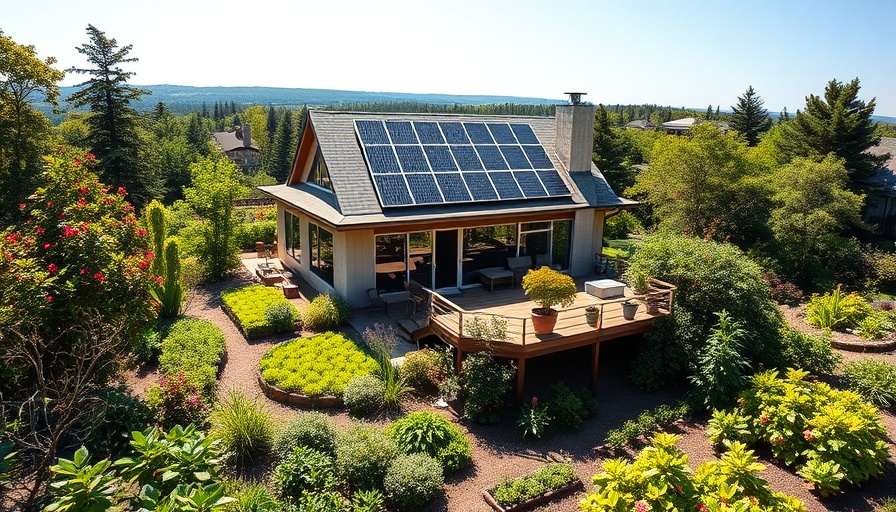
The Beauty of Stone Veneer in Home Renovation
If you're looking to enhance your home’s curb appeal or interior design, consider the transformative power of stone veneer. In the Custom Stone Veneer segment from This Old House, the focus is on how to effectively conceal an unused door opening by integrating stone veneer to mimic a rustic, rubble-stone foundation.
Creating a Seamless Appearance
Mark, the craftsman in the video, demonstrates his methodical approach to blending the new materials with existing elements. The key is not just to slap on a veneer but to carefully cut and position stones that echo the style of the surrounding architecture. By observing the base stones’ design and coloration, homeowners can achieve a cohesive look that adds both value and beauty to their property.
Tools and Techniques for Success
Using modified mortar is essential for adhering stone effectively. The video highlights cutting techniques that make it possible to craft the perfect fit for each stone piece. The right tools can simplify this process, enabling even novice DIY enthusiasts to replicate professional results. Whether it’s a saw for precise cuts or a trowel for mortar application, using the right equipment makes all the difference in achieving a seamless aesthetic.
Environmental Considerations
Stone veneer isn't just about aesthetics; it's also an environmentally friendly choice. By using salvaged stones, as demonstrated, you can reduce waste and give new life to materials that might otherwise be discarded. This approach resonates with the growing trend of sustainable building practices, appealing to eco-conscious homeowners.
Realizing the Full Potential of Your Space
Incorporating stone veneer into your home renovation not only conceals unwanted features but also enriches your home’s character. With a bit of effort and creativity, you can turn an eyesore into a stunning visual element that enhances your living space and impresses visitors. Following the steps outlined in the Custom Stone Veneer video will guide you through each phase of the project, ensuring that the final result meets your vision.
For those ready to elevate their home’s interior or exterior, take inspiration from the techniques showcased in This Old House. By toeing the line between DIY ambition and professional quality, homeowners can achieve remarkable results that reflect their personal style and commitment to craftsmanship.
 Add Row
Add Row  Add
Add 




 Add Row
Add Row  Add
Add 

Write A Comment